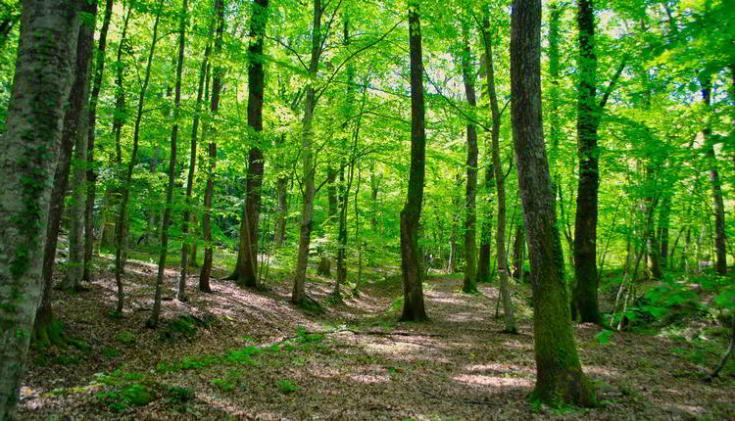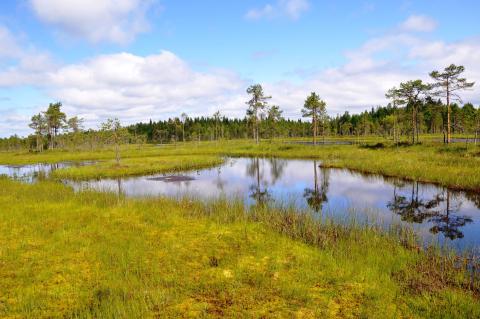Situational Analysis published
Nature-based carbon offsets project NACAO has published six high-quality analysis reports from different regions in Finland, Germany, Poland, France, Italy and Spain. Producing situational studies was the core of our first year tasks in NACAO. Studies show the potential terrestrial and aquatic environments for carbon sequestration, our six different studies cover:
- forests
- deciduous and coniferous forest zones as well as mountain areas
- wetlands,
- mires,
- grasslands and
- coastal areas.
Partners describe the main findings as follows:
In Italy, the analysis increased knowledge about riparian wood importance in the region. This kind of study was done first time in Marche region, and all green potential areas were included with the scope to enlarge those. Special focus was paid to the river sides. The analysis offered an interesting perspective on river side riparian woods: improvement of riparian woods has a good potential for carbon sequestration in the future.
In France the situational analysis was prepared in close co-operation with almost 20 stakeholders, who were interviewed during the writing process. After the analysis they find out that shared information is needed between forest authorities and local environmental actors (e.g. AURA-EE) about forest fire areas. In addition, territories in Auvergne-Rhône-Alpes region are interested to develop local carbon markets due to a rising consideration about carbon offsetting system.
In Finland the analysis covered forests, mires and agricultural areas. The interesting finding in the analysis was that there are unditched mires still existing in the Central Finland region and those have a good potential to become permanent carbon stocks if protected in the coming years. Also a great potential for cutting CO2 emissions lies in peat soil agricultural land which were found especially in north-east and south-east areas of the region. Forest maps showed large variation between forest stands in terms of stand age. Few old-growth forests remain, and they are fragmented and spaced apart from each other. On contrary, younger forest capture carbon quickly when they grow. Avoiding clear-cutting is important to ensure carbon sequestration in the forests.
In Poland this was first this kind of analysis in the region. One of the main focus was, that carbon sequestration and offsetting targets needs to be adjusted with, for example, other international and national agreements such as Green Deal, EU funds, regional managing programs. Analysis supported holistic understanding of the procedural side of climate actions. In practice, climate change mitigation and adaptation work is done by Rural, Climate and Environmental department as part of their everyday work, but the analysis helped them to confirm that the direction towards mitigation goals was right.
In Spain the report was made with some external help and together with local stakeholders and local administration. They noticed that they have lot of information gathered, but it was spread into different databases. The main work was to compile all the info knowledge to the situational analysis report. Spanish partner focused on technical issues: to quantify carbon sinks in Andalusia (in 4 different natural habitats). During the work they realised that it is needed to improve the existing data with data from the field; from the environments itself. Coastal ecosystems (seagrass and tidal marches) were found very important. Also presenting compiled information as graphic maps was found useful.


